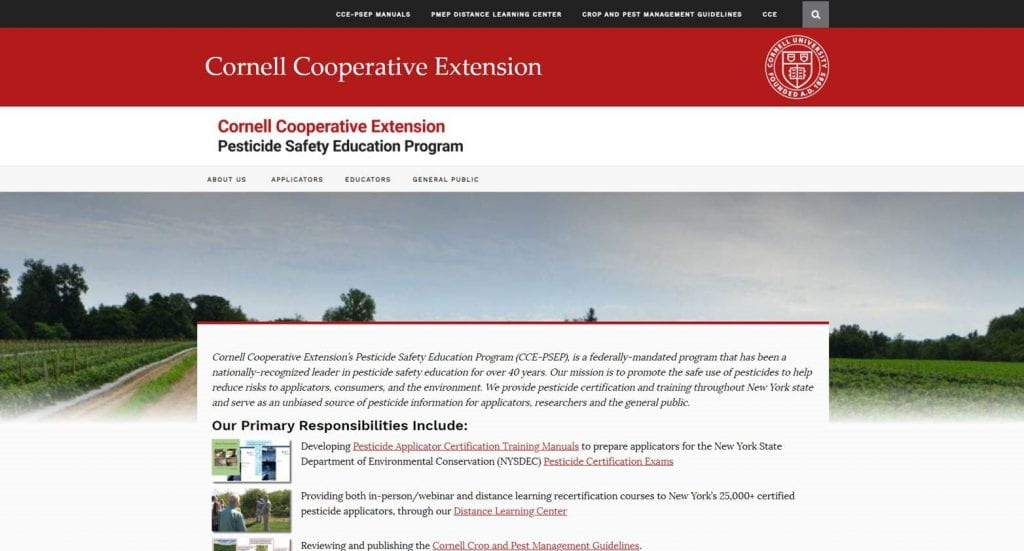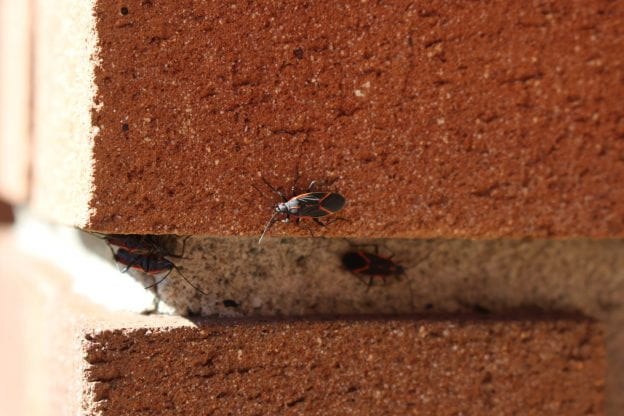We’re proud to pass along this announcement from the EPA regarding their upcoming webinar.
Excluding Pests from Schools

Wherever children go, pests follow – even back to school. Pests know where the goodies can be found and they strive to find a way into the building – under doors, through cracks in masonry, in gaps around pipes and wires – they find a way. Pest issues are universal – from rural to urban schools and all types of neighborhoods in-between. The best way to defeat them in their quest to inhabit your schools is to exclude them from entering the school buildings in the first place. NYSIPM’s Jody Gangloff-Kaufmann and Matt Frye will help you to identify the most likely places of entry in your buildings and the surest way to seal them out.
Attend this free webinar to learn where pests are entering schools and how to keep them out.
Sept. 22 | 2-3:30 p.m. EDT | Followed by a 30-minute Q&A
Register Now
Learning Objectives
- Learn which pests are of concern in schools and how they are entering.
- Learn how to exclude common ground-level pests, such as rodents and crawling arthropods, and effective integrated pest management strategies to reduce these pests.
- Learn how to exclude common flying pests such as bats, flies and stinging insects, and the role of monitoring and trapping.
Presenters
NYS IPM Program’s own:
EPA’s Upcoming IPM 2022-2023 Webinar Series
New season, new topics. Review the types of IPM issues we will cover over the next year in our 2022-2023 webinar series. Mark your calendars now.









